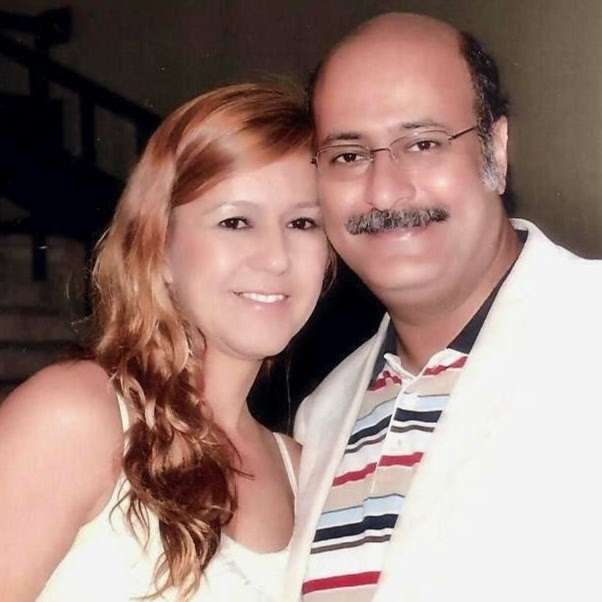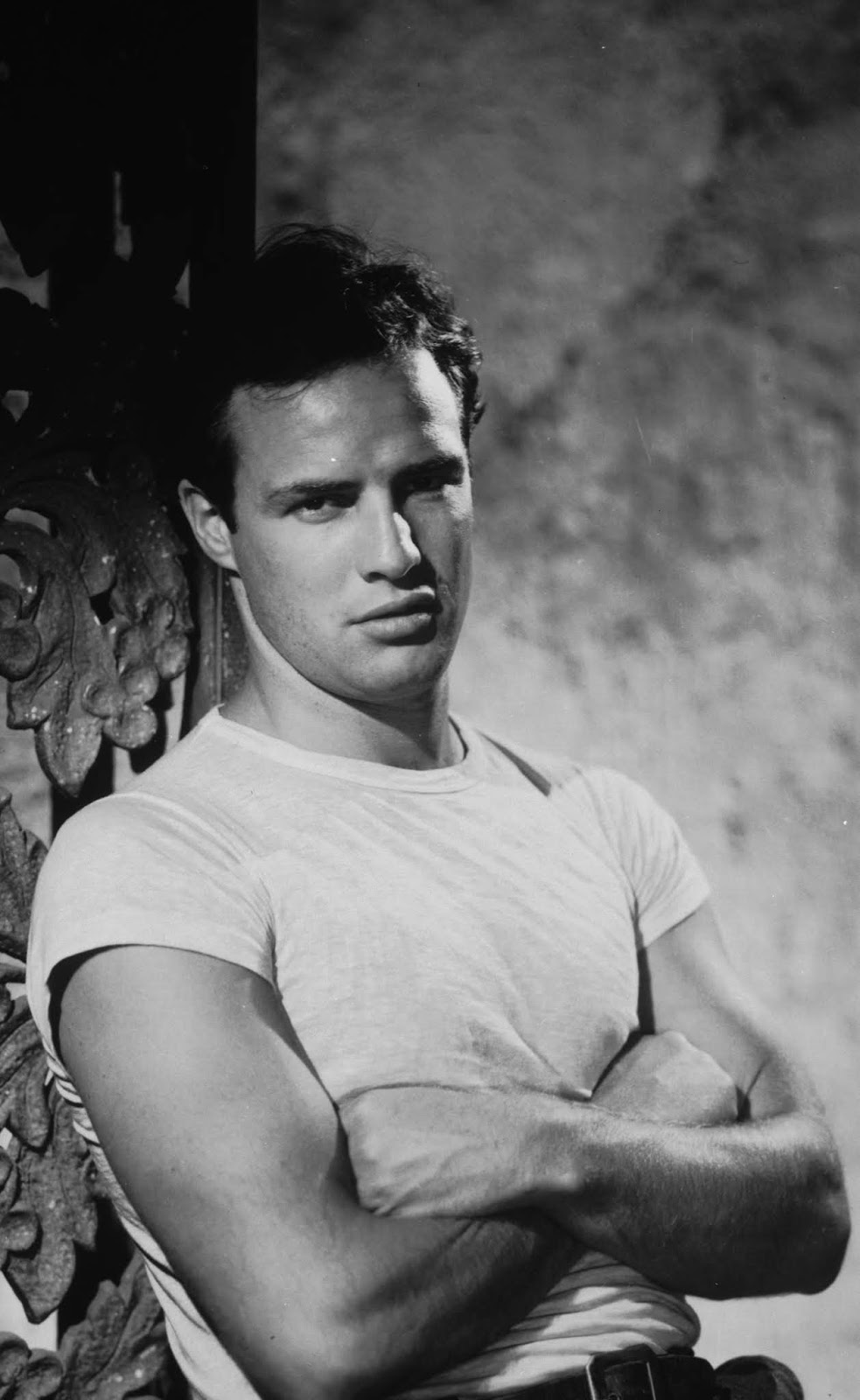by Sherif Awad
Although he left us eleven year ago, Marlon Brando is still
considered to be one of the greatest actors ever lived as he pioneered great
performances on film and stage not to mention his rebellious activism on just
causes. My first Brando experience was seeing Superman in 1978 in Opera
Cinema at Downtown Cairo where my uncle explained to me that this is a great
actor making a small cameo and the filmmakers tended to attract his adoring
moviegoers to watch him play the father of Superman.
considered to be one of the greatest actors ever lived as he pioneered great
performances on film and stage not to mention his rebellious activism on just
causes. My first Brando experience was seeing Superman in 1978 in Opera
Cinema at Downtown Cairo where my uncle explained to me that this is a great
actor making a small cameo and the filmmakers tended to attract his adoring
moviegoers to watch him play the father of Superman.
This week, after going to two festivals in Cyprus and Italy,
I was lucky to discover in my living room a new documentary called Listen to
Me Marlon by British filmmaker Stevan Riley, who made public for the first
time clips from the hundreds of hours of private recordings, which Brando made
of himself over the course of his life. This massive cache of tapes includes
the actor’s musings about life and his craft, answering machine tapes and his
homemade self-hypnosis tapes in which he begs himself to take it easy on the
desserts he adores. Riley juxtaposes these audio files with archival footage,
clips from the actor’s films, family home movies and news footage. However, the
way Riley (who previously directed the excellent James Bond documentary Everything
or Nothing) acquired these recordings, private photos and 8mm home movies remains
a mystery.
I was lucky to discover in my living room a new documentary called Listen to
Me Marlon by British filmmaker Stevan Riley, who made public for the first
time clips from the hundreds of hours of private recordings, which Brando made
of himself over the course of his life. This massive cache of tapes includes
the actor’s musings about life and his craft, answering machine tapes and his
homemade self-hypnosis tapes in which he begs himself to take it easy on the
desserts he adores. Riley juxtaposes these audio files with archival footage,
clips from the actor’s films, family home movies and news footage. However, the
way Riley (who previously directed the excellent James Bond documentary Everything
or Nothing) acquired these recordings, private photos and 8mm home movies remains
a mystery.
The film starts with a 3D computerized profile of Brando
trying to reach us from the afterlife. It is a 3D image of Brando’s head that
the actor had made for himself in the 1980s with software called Cyberware. We started
to learn from the narrative a lot about Brando’s work, his personal life and
the tragedies that surrounded him and his children. Many people left positive
marks on Brando’s career including Stella Adler and Elia Kazan while many made
unhealed wounds like this parents who were both alcoholics. However, Brando was
born with great talents: He used to imitate kids he played with as well as
animals on the family farm to distract his mother from drinking. Using rare
footage, we get to witness Brando’s breakthrough roles in A Streetcar Named
Desire (1951) and On the Waterfront (1954), his first Oscar-winning
performance. The film also explores his love with Tahitians while on location of
Mutiny on the Bounty (1962) that was followed by many unsuccessful film
roles until his resurrection in The Godfather and Last Tango in Paris.
Behind the legend, many personal heartbreaks occurred: When his son Christian
Brando shot his sister Cheyenne’s boyfriend to death in 1990, and was sentenced
to ten years in prison and when his daughter Cheyenne committed suicide five
years later.
trying to reach us from the afterlife. It is a 3D image of Brando’s head that
the actor had made for himself in the 1980s with software called Cyberware. We started
to learn from the narrative a lot about Brando’s work, his personal life and
the tragedies that surrounded him and his children. Many people left positive
marks on Brando’s career including Stella Adler and Elia Kazan while many made
unhealed wounds like this parents who were both alcoholics. However, Brando was
born with great talents: He used to imitate kids he played with as well as
animals on the family farm to distract his mother from drinking. Using rare
footage, we get to witness Brando’s breakthrough roles in A Streetcar Named
Desire (1951) and On the Waterfront (1954), his first Oscar-winning
performance. The film also explores his love with Tahitians while on location of
Mutiny on the Bounty (1962) that was followed by many unsuccessful film
roles until his resurrection in The Godfather and Last Tango in Paris.
Behind the legend, many personal heartbreaks occurred: When his son Christian
Brando shot his sister Cheyenne’s boyfriend to death in 1990, and was sentenced
to ten years in prison and when his daughter Cheyenne committed suicide five
years later.
In the final minutes, the director intuitively uses the
death of Don Corleone in the Godfather as a moving image for Brando’s farewell
to our world.
death of Don Corleone in the Godfather as a moving image for Brando’s farewell
to our world.

